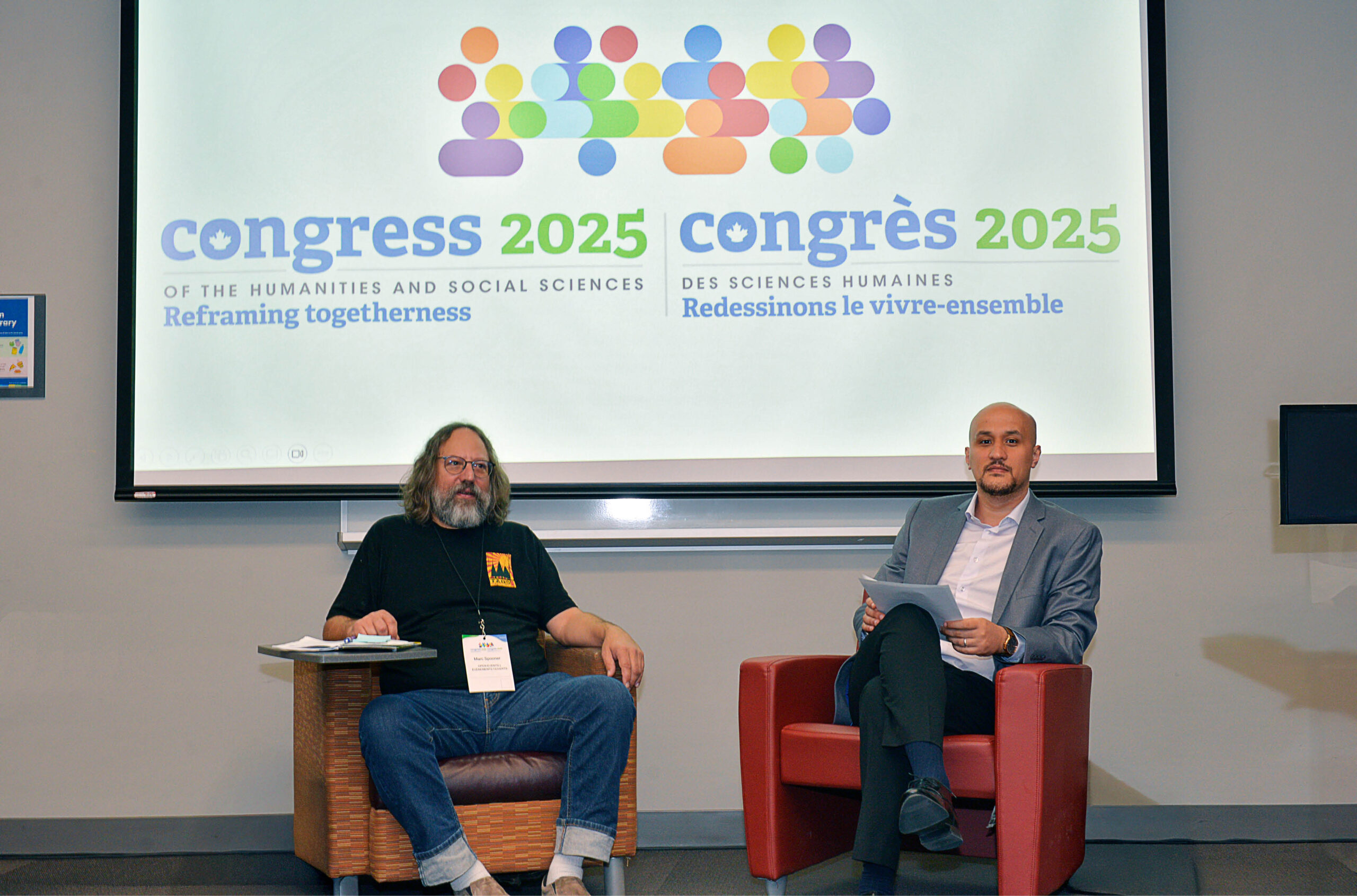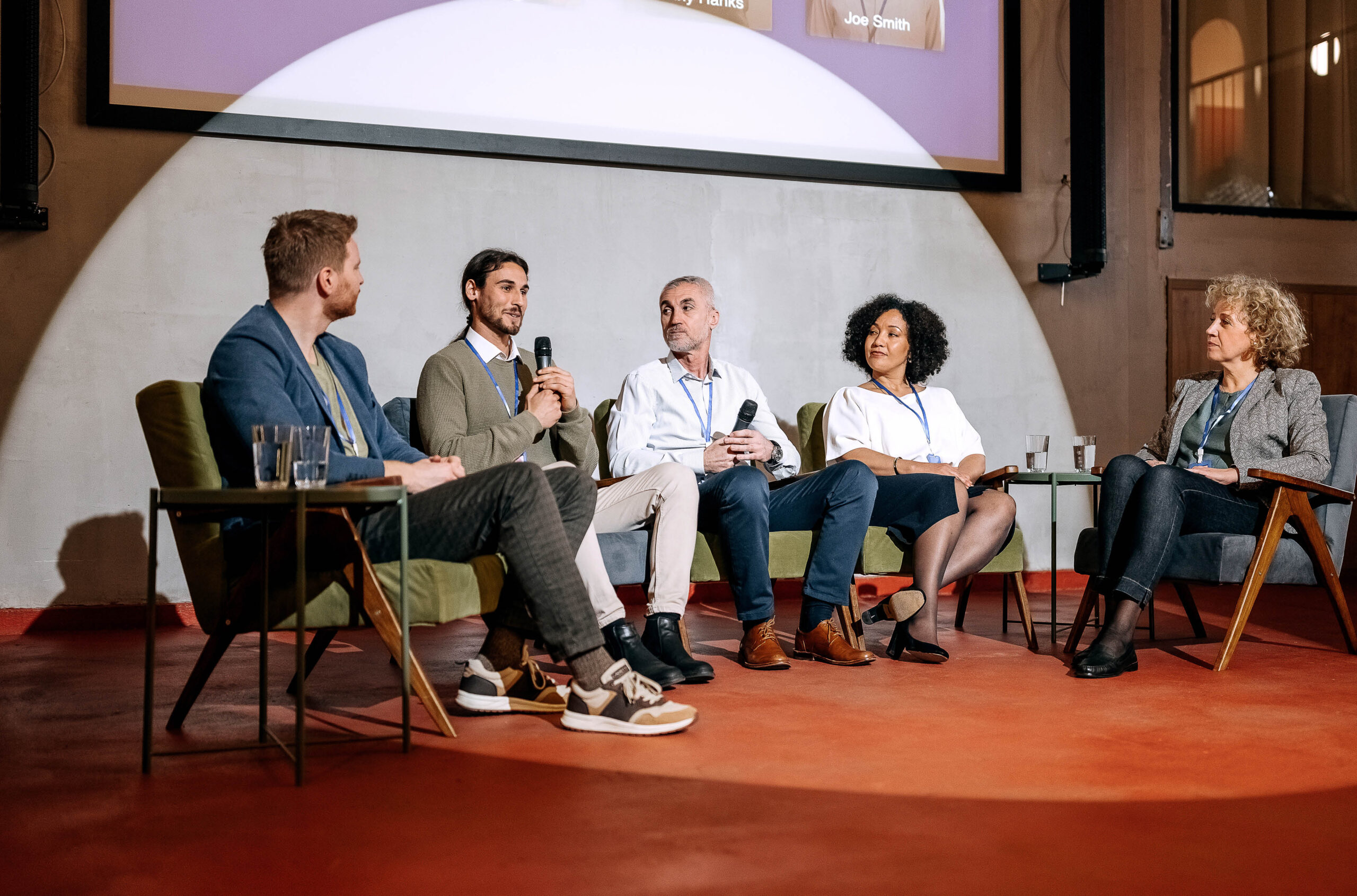How our current approach to science pushes people away – Part 2
There’s evidence that increasing diversity within science might directly enhance the scientific enterprise, but in order to do so, we need to acknowledge our implicit biases.

“—it requires more than a simple commitment to equality. It requires that you change your life so that you are exposed to minorities on a regular basis and become comfortable with them and familiar with the best of their culture, so that when you want to meet, hire, date, or talk with a member of a minority, you aren’t betrayed by your hesitation and discomfort.”
― Malcolm Gladwell, Blink: The Power of Thinking Without Thinking
See Part 1 here: How our current approach to science pushes people away
Despite efforts to promote under-represented demographics within academic science, stark opportunity and outcome disparities persist. In my previous column we reviewed overwhelming evidence that implicit and institutional bias affect scientific training and career advancement. In this column I would like to think through some examples of how we can identify implicit bias and propose a lab practice to help mitigate its effect.
All of us operate with some level of implicit bias, which is heavily influenced by our culture, experience and upbringing. For example:
A randomized double-blind 2012 study by Moss-Racusin et al. examined whether science faculty exhibit a bias against women by randomly assigning either a male or female name to an application for a laboratory manager position. The recruitment study found that faculty participants rated male applicants as significantly more competent and hireable than identical female applicants and subsequently offered a higher starting salary and more career mentoring to male applicants.
In a 2003 study by Bertand and Mullainathan, resumes were randomly assigned African-American- or White-sounding names and submitted in response to help-wanted ads in Boston and Chicago newspapers. White names received 50 percent more callbacks for interviews.
A 1997 study of Swedish MRC biomedical postdoctoral fellowships by Wenneras & Wold found that reviewers consistently scored female applicants lower than men. To compensate, female applicants had to be 2.5x more productive (calculated based on number of publications, first authorships, citations, and journal prestige) than their male counterparts to receive the same competency score.
It’s critical that we appreciate that we still exhibit implicit bias even when we are sincerely committed to equality, and that we can exhibit this internalized bias even against members of our own under-represented group: the recruitment study listed above, in which science faculty were asked to rate identical lab manager applicants that were randomly assigned male or female names, found that the gender of the faculty participants did not affect results. Recognizing that these biases exist, and proactively addressing them, is the first step to correcting this behaviour.
Because opportunity is so strongly correlated with social mobility, it is important to recognize that changes we implement within academia will have broader social effects. However, there’s evidence that increasing diversity within science might also directly enhance the scientific enterprise itself. Feeman and Huang’s 2014 study of collaborative research papers by U.S.-based teams showed a correlation between greater ethnic heterogeneity among authors’ names and publication in higher-impact journals, as well as higher citation counts – two metrics of scientific performance.
Efforts to correct implicit bias show that small changes in operating processes can have a substantial impact on outcomes. For example:
A 2000 study by Goldin et al examined diversity in the performing arts. In 1970, fiver percent of players in top orchestras were women. The adoption of physical screens to enable blinded auditions of orchestra musicians increased the probability that women would advance beyond preliminary rounds by 50 percent. In 1990 the number of female players in top orchestras had grown to 25 percent.
A 2014 study by Valantine et al surveyed gender composition and faculty satisfaction five to seven years after initiating a multifaceted intervention to expand recruitment and development of female faculty at Stanford University. Post intervention, female faculty increased by 74 percent (234 to 408), with assistant, associate, and full professors increasing by 66 percent (108 to 179), 87 percent (74 to 138), and 75 percent (52 to 91), respectively. Nationally and at peer institutions, female faculty increased by about 30 percent (30,230 to 39,200 and 4,370 to 5,754, respectively), with lower percentages at each rank compared with Stanford.
Instead of offering politically-weighted approaches to redistributing funding in favour of diversifying our talent pool and better supporting the next generation of scientists, or calling for more funding for special programs, we propose a more subtle approach: awareness.
This column defines the problem (the disparity of gender and ethnic representation in science and the impact of implicit bias) through data and statistics and provides examples of how the scientific community has tried to address and rectify the problem. We encourage you to discuss these examples, and ask that you share it with your group and present it in your lab as you would a case study or paper review.
Questions you can ask:
- How can we re-structure processes like grant review and recruitment? Can we use the scientific method to aid this process?
- What processes can we set in place to guard against implicit bias and increase diversity in our ranks?
If you are curious about your own implicit biases, Harvard has created an Implicit Association Test that is fun and illuminating to take.
The formal recognition that there is a problem with scientific training and career advancement will have a transformative effect in and of itself. The discussion that ensues will provide a venue for brainstorming solutions that may help address many of the key challenges we face. But most importantly, acknowledgement of our implicit biases will allow us to recognize them and correct this behaviour the next time we are interviewing a candidate, reviewing a grant, or writing a letter of recommendation.
Featured Jobs
- Canada Excellence Research Chair in Computational Social Science, AI, and Democracy (Associate or Full Professor)McGill University
- Psychology - Assistant Professor (Speech-Language Pathology)University of Victoria
- Business – Lecturer or Assistant Professor, 2-year term (Strategic Management) McMaster University
- Veterinary Medicine - Faculty Position (Large Animal Internal Medicine) University of Saskatchewan
















Post a comment
University Affairs moderates all comments according to the following guidelines. If approved, comments generally appear within one business day. We may republish particularly insightful remarks in our print edition or elsewhere.
1 Comments
Good piece and a really useful summary. However, the Harvard IAT isnt a reliable metric and there are grave concerns over the validity. I wouldnt recommend using it as a metric upon which to base personal actions.